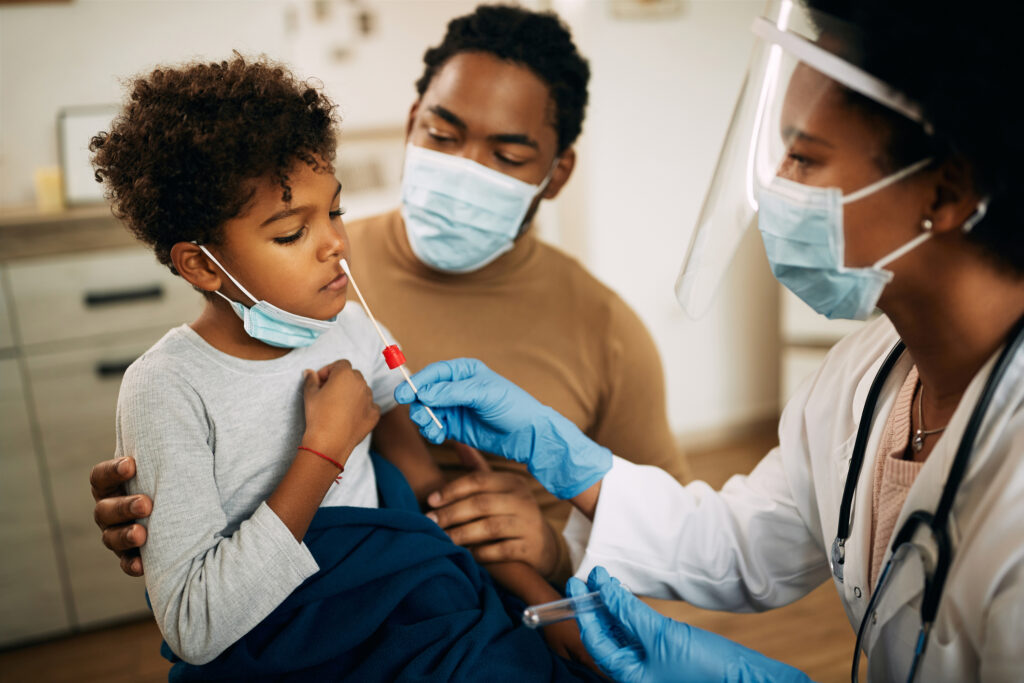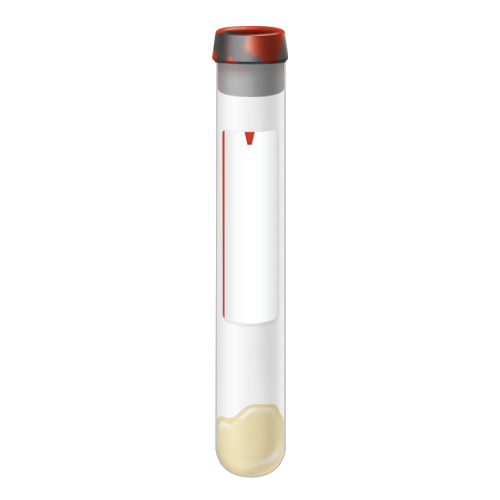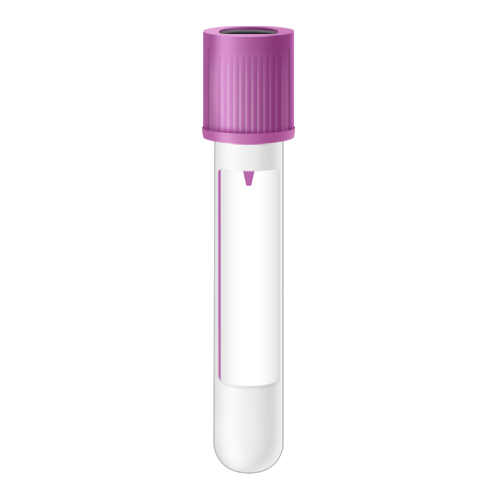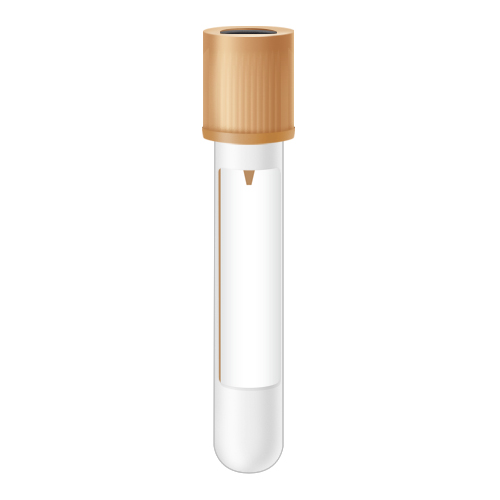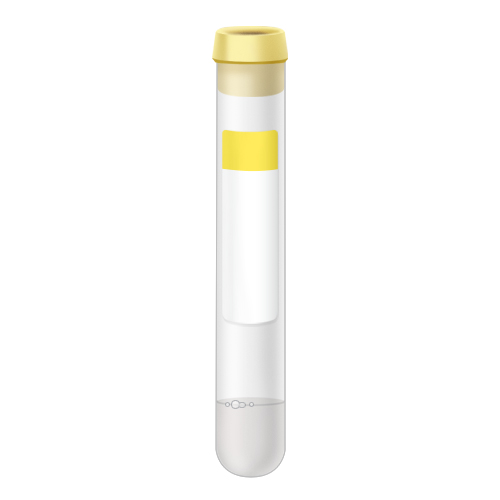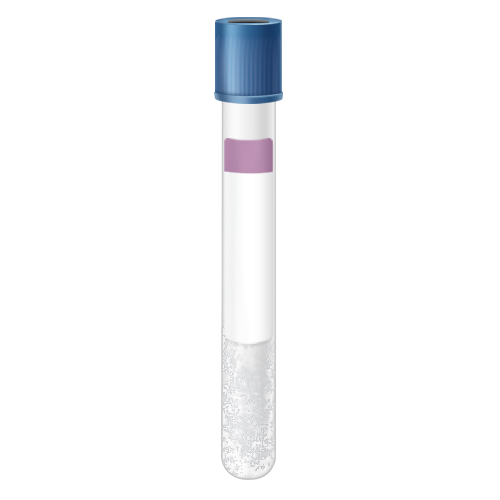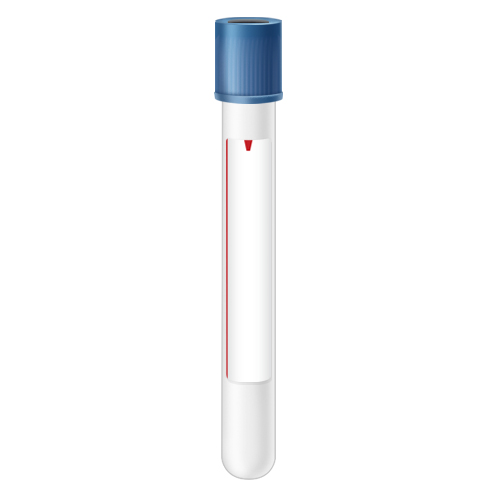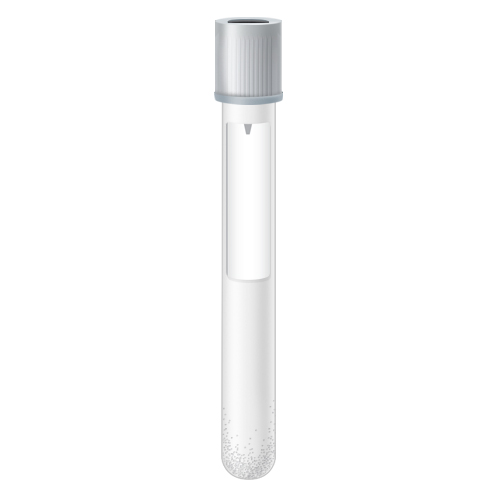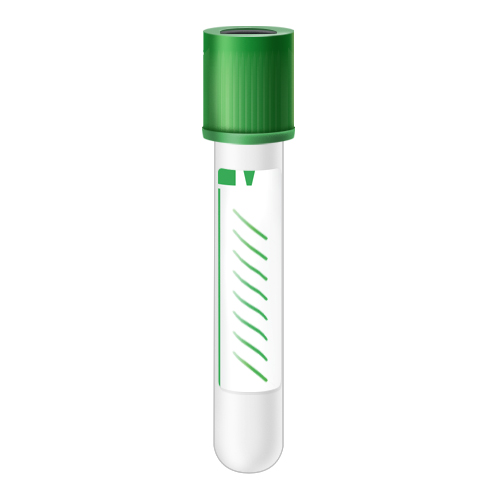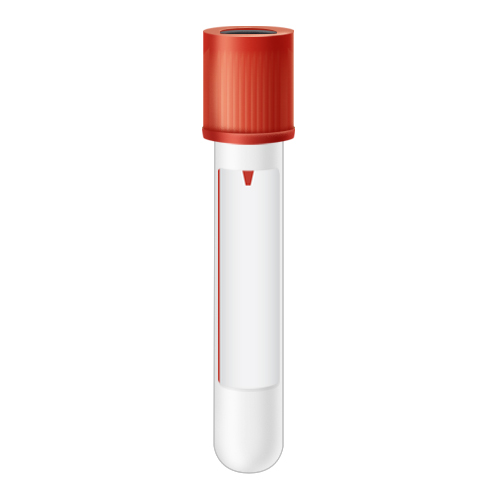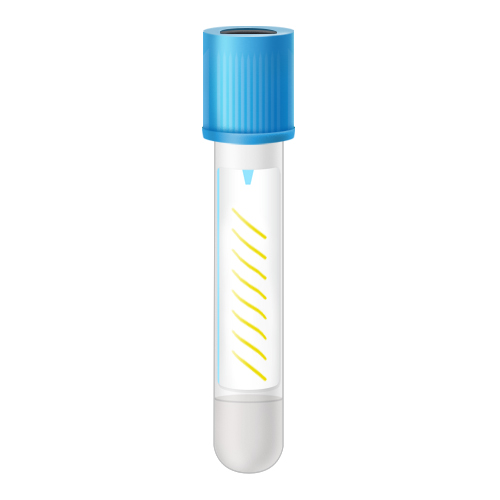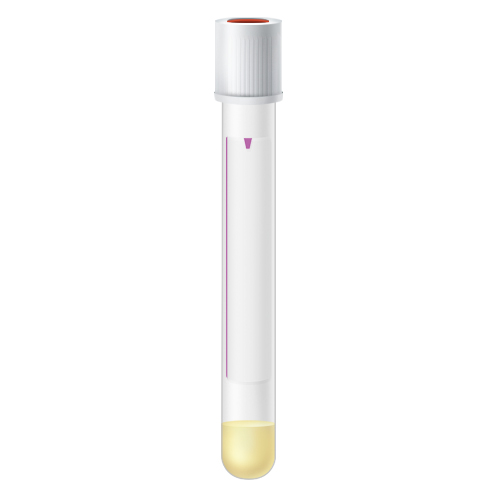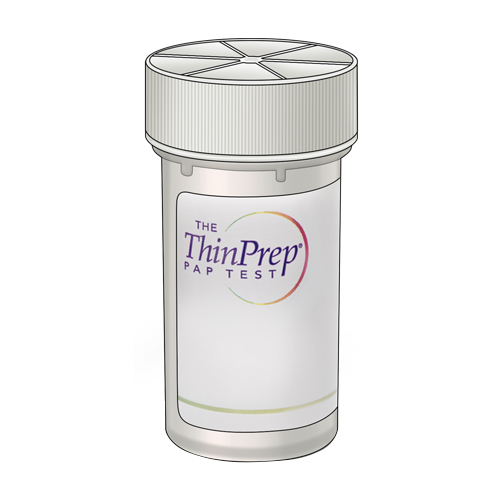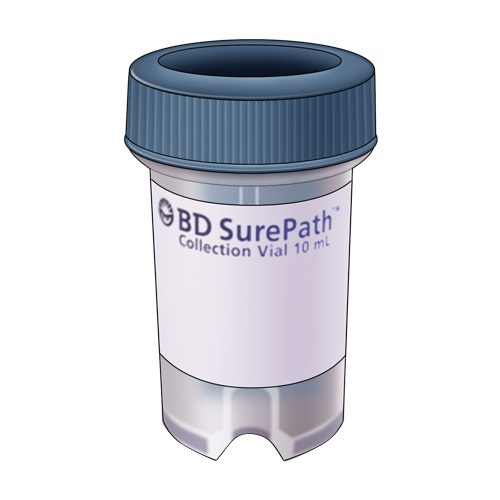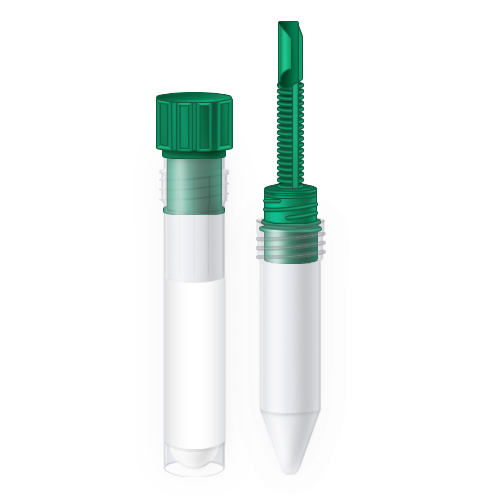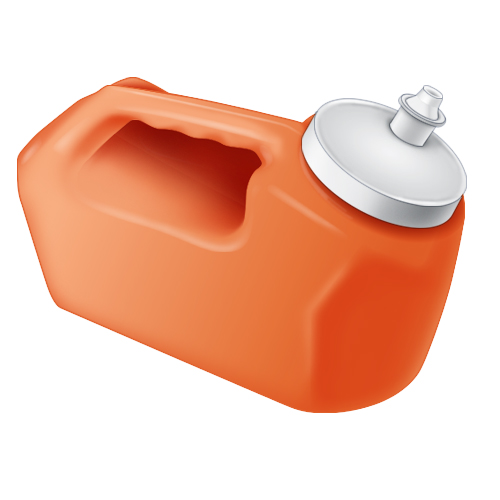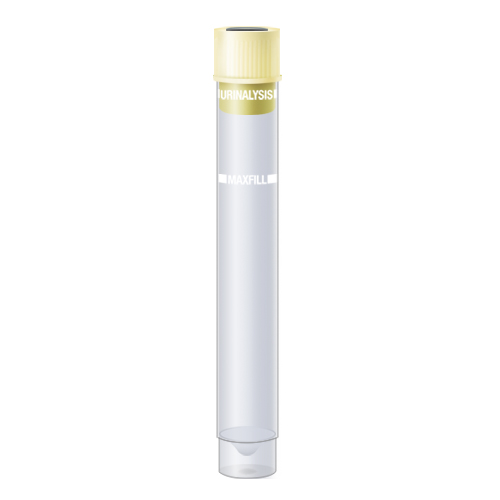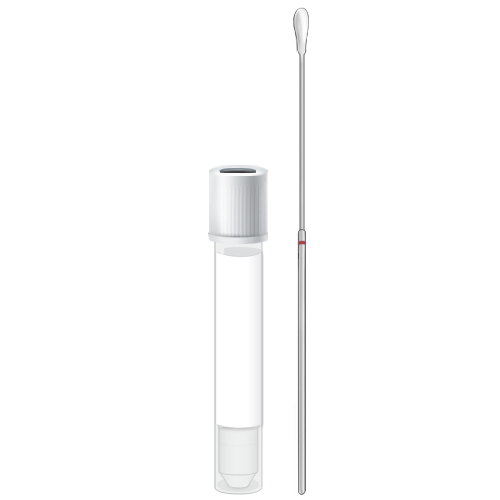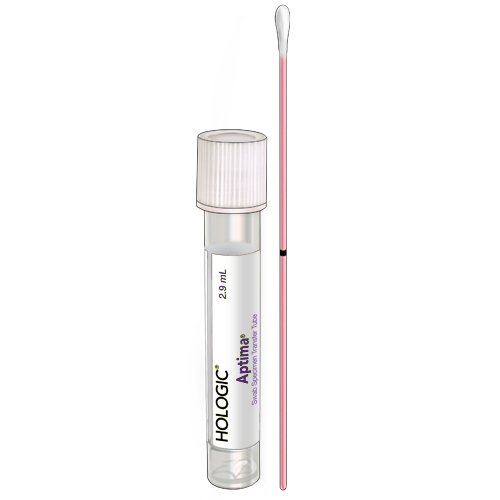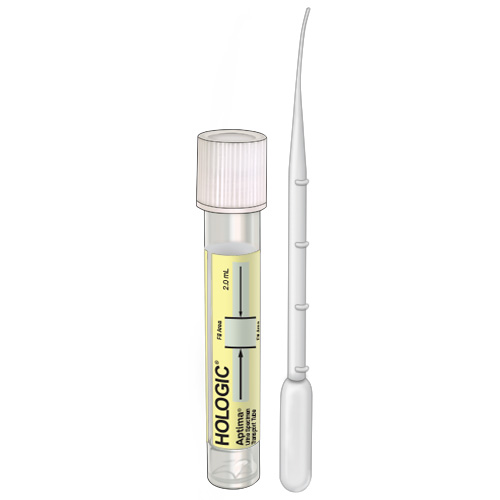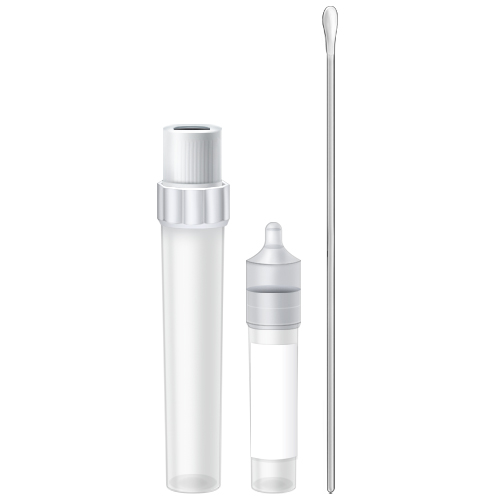What is a PCR COVID Test and How Does it Work?
A polymerase chain reaction, or PCR test is used to find genetic material from an organism, like the COVID-19 virus. Using a thermal cycler and specific chemicals, the test is the most accurate one we have today to detect the novel coronavirus.
Even as vaccine rollout continues, testing for COVID remains an important tool to slow the spread of the virus. If you’ve been exposed to COVID, it’s still important to get tested, especially if you’re exhibiting symptoms. Through a combination of PCR tests and Rapid Testing, you can determine if you have the virus or not.
PCR COVID Test vs. Rapid Test: Which One Should I Get?
A PCR COVID test is more accurate, but results take longer to obtain. A Rapid Test can return a result within 15-30 minutes but is less accurate than the PCR test. So, which test should you get?
The Centers for Disease Control and Prevention (CDC) recommends testing immediately after learning of an exposure to COVID-19. For your initial test, it’s recommended you go with a PCR COVID test because it’s more accurate during the early stages after exposure to the virus. It can take a couple of days to become infected with the virus after exposure.
If your test comes back negative, it’s good practice to then get a Rapid Test five to seven days later. If that test is negative, you likely haven’t contracted COVID.
Many people who tested positive after exposure also get a Rapid Test at the end of their 14-day quarantine period to make sure the virus is out of their system.
How Does PCR COVID Testing Work?
There are three steps to a PCR COVID-19 test:
- Collect. A health professional (or yourself) inserts a soft-tipped swab at least 3 centimeters into one of your nasal cavities. This could feel uncomfortable but shouldn’t hurt. Your sample is then sealed in a tube and sent to a laboratory.
- Extract. At the lab, a technician isolates the genetic material from your sample, which potentially includes the virus if you’ve become infected by it.
- Test. The actual PCR test involves using chemicals and a PCR machine called a thermal cycler to detect the virus. The machine causes a reaction that makes millions of copies of a portion of the COVID-19 virus’ genetic material. If the virus is present in your sample, one of the chemicals used in the PCR test produces a fluorescent light to signal a positive result.
How Accurate Is a PCR COVID Test?
A PCR COVID test is the most accurate tool we have in detecting the novel coronavirus and is referred to as the gold standard for diagnosing the virus. While there isn’t a hard number for the accuracy of a PCR test, studies have shown that the false-negative rate was 20% when testing five days after symptoms began.
Exposed to COVID? Get Tested.
BioReference offers rapid testing to those living in New York, with results delivered in about 30 minutes. Schedule a test today.

